MEDICAL INSTRUMENTS AND OTHER EQUIPMENTS
|
Instrument/ Appliance |
Functions |
|
Sand bags 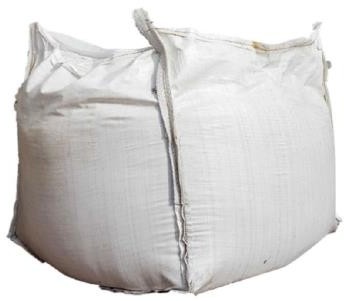 |
It prevents movement of a limb in the treatment of special conditions. |
|
Bed block 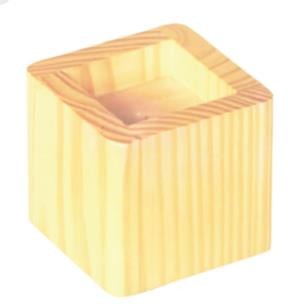 |
To elevate the bed |
|
Mouth gag 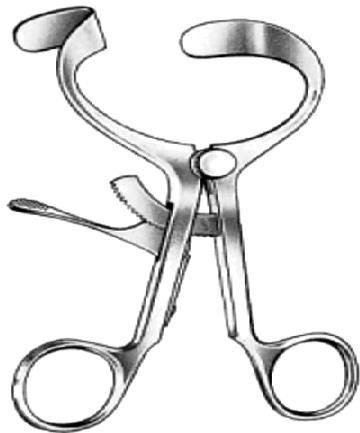 |
To open the mouth of unconscious patient |
|
Air ring and its pump 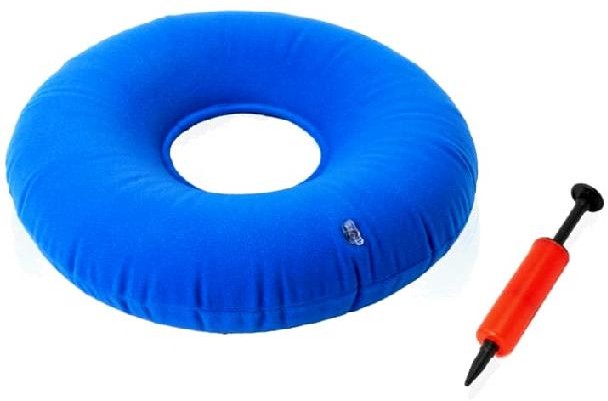 |
To prevent friction on the bed. |
|
Cardiac table 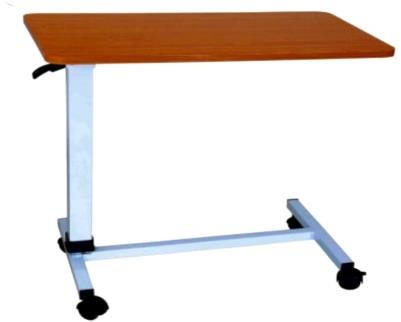 |
Used by cardiac patients to lean forward. |
|
Bed pan 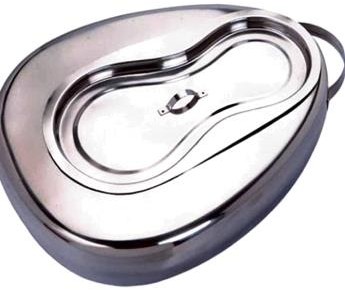 |
Used for toileting of bedridden patients. |
|
Dirty linen container 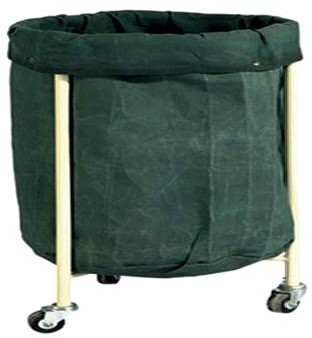 |
For collecting dirty bed linen. |
|
Male urinal 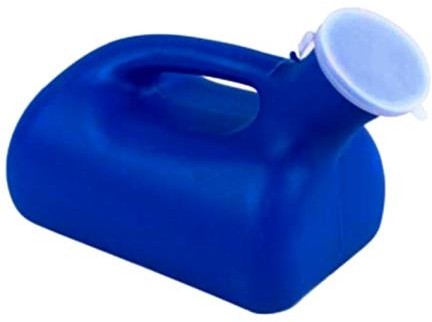 |
For male bladder elimination |
|
Kidney dish 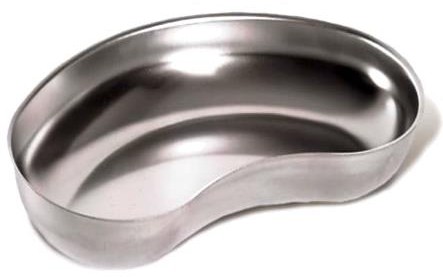 |
Used for receiving soiled dressings and other medical wastes. |
|
Sponge holding forceps 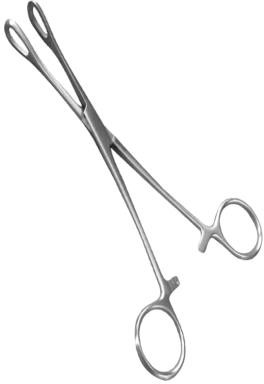 |
Used to grasp and hold sponges while conducting medical and surgical procedures. |
|
Cheatle forceps  |
For picking sterile instruments. |
|
Ampoule 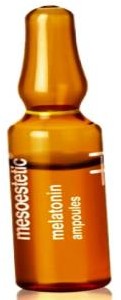 |
Stores air sensitive medications and solutions. |
|
Vial 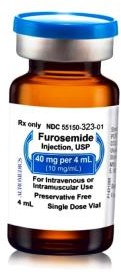 |
Stores liquid or powdered medicine intended for parenteral administration. |
|
Episiotomy scissors 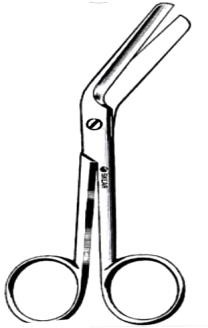 |
Used for episiotomy |
|
Auriscope/ Otoscope 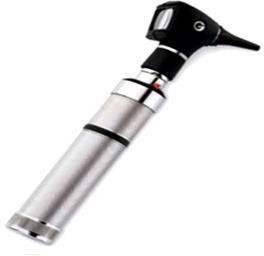 |
For examining the ear. |
|
Ear syringe 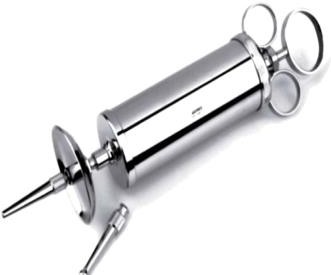 |
For performing ear syringing. |
|
Tuning fork 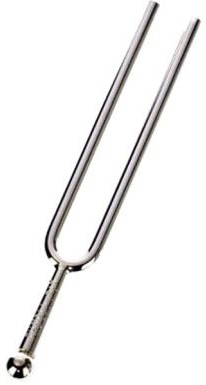 |
For examination of sense of hearing. |
|
Specimen bottles 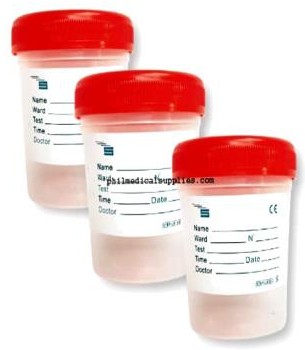 |
For collecting laboratory specimens. |
|
Calibrated medicine cup  |
For giving oral medication to the patient. |
|
Dental probe 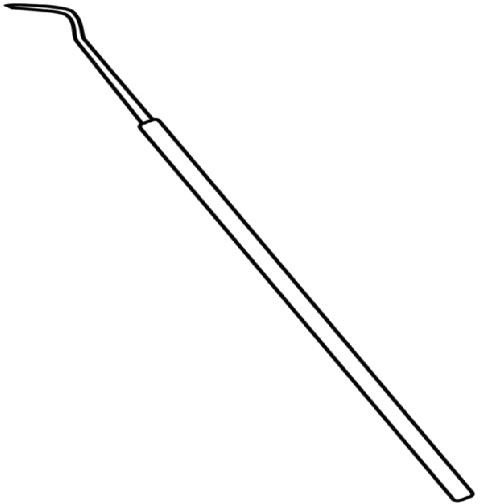 |
To measure the depth of a tooth’s pocket. |
|
Mosquito artery forceps 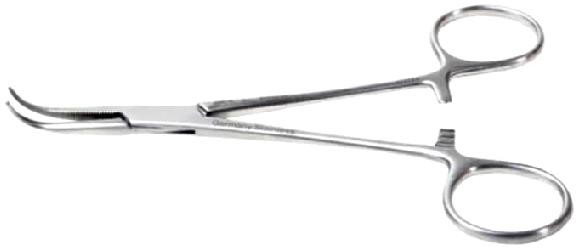 |
To clamp small blood vessels to control haemorrhage. |
|
Curved artery forceps 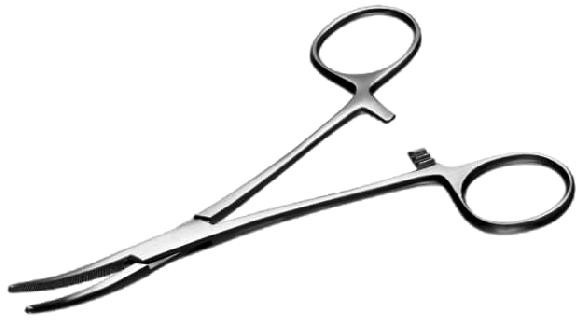 |
Used to compress arteries. |
|
Straight artery forceps 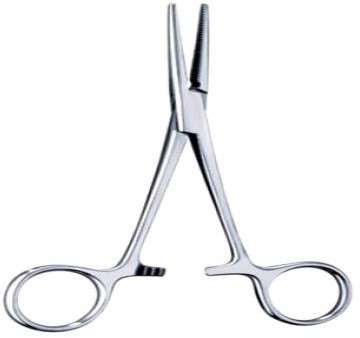 |
To clamp arteries to arrest bleeding |
|
Long artery forceps 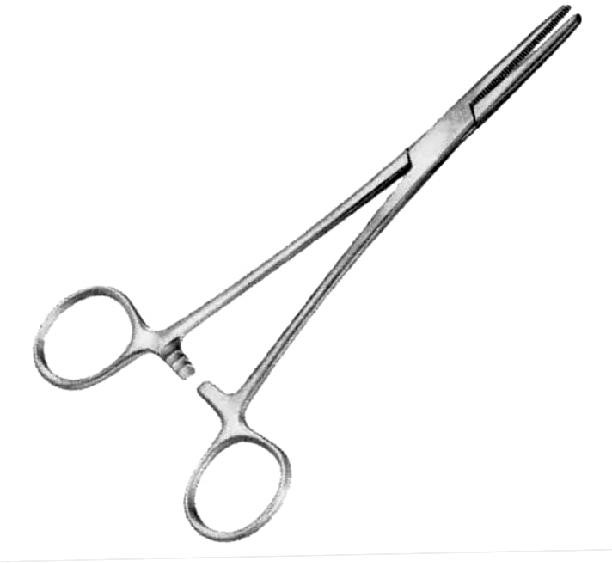 |
Used as a cord clamp |
|
Dental spatula 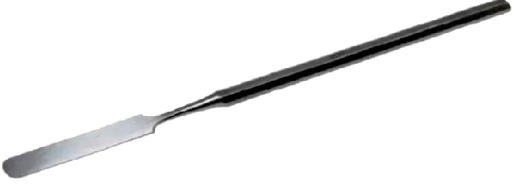 |
Used for mixing cement powder and denture powder. |
|
Ovum forceps 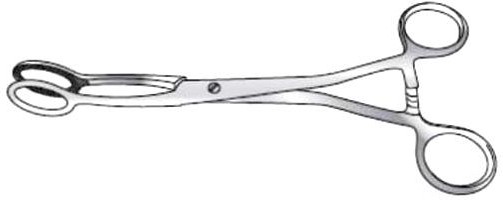 |
Used to remove tissue from inside the uterus. |
|
Towel clip 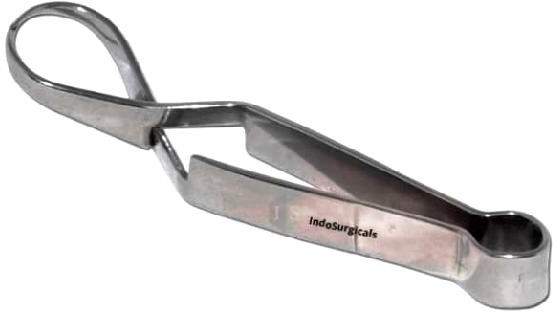 |
To hold sterile towels close to the inscision |
|
Uterine curette  |
To remove the contents of the uterus. |
|
Cord clamp 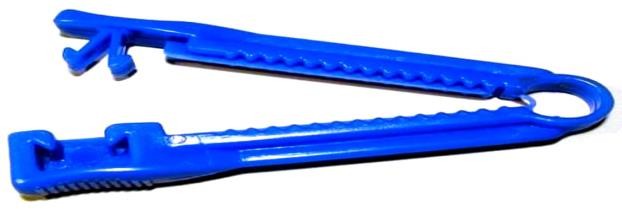 |
To clamp the cord. |
|
Patella hammer 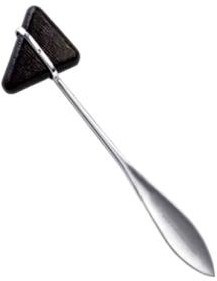 |
To examine the knee reflex. |
|
Probe 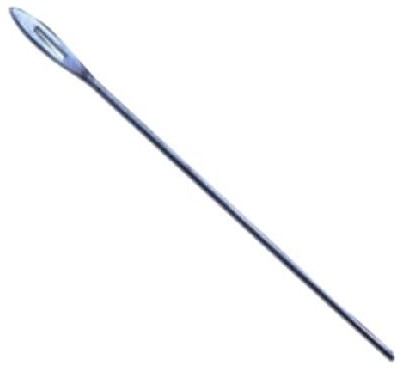 |
To measure the depth of the wound. |
|
Air way piece 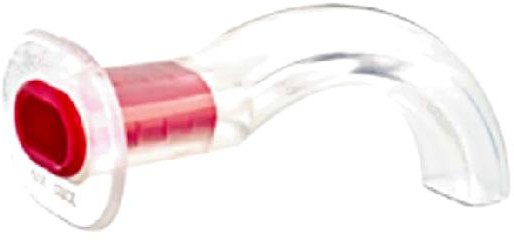 |
To rescue ventilation. |
|
Trapeze 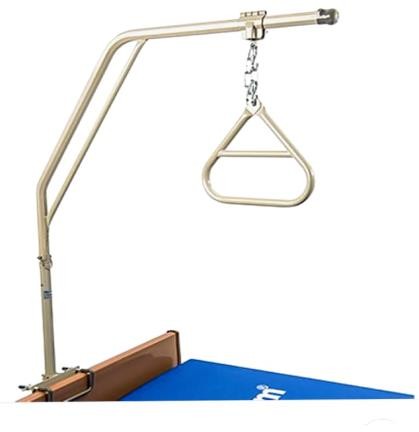 |
Helps the patient lift himself off the mattress. |
|
Bed cradle 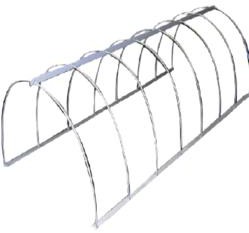 |
To lift the weight of the bed linen. |
|
Backrest 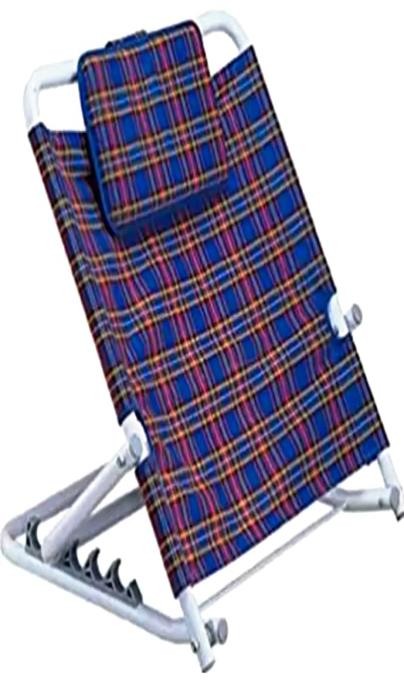 |
To help the patient sit upright in bed |
|
Screens 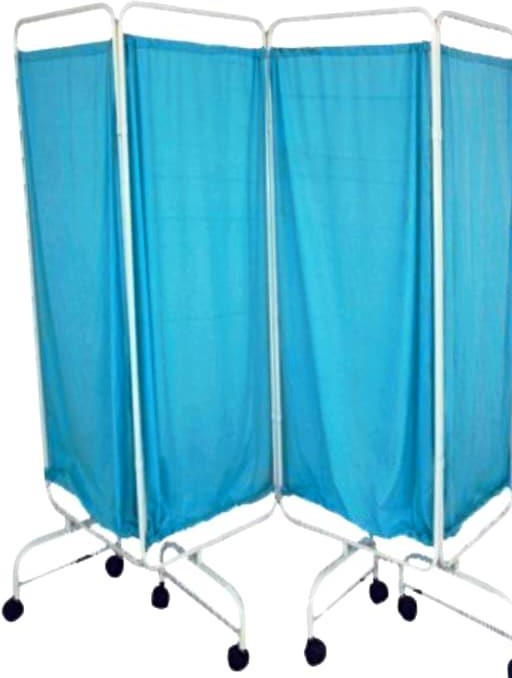 |
For providing patients privacy |
|
Trays 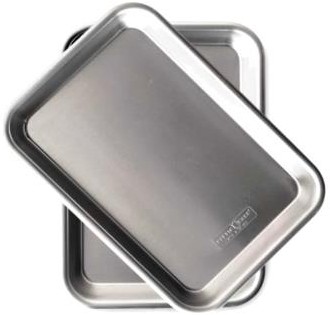 |
To carry medical supplies |
|
Trolley 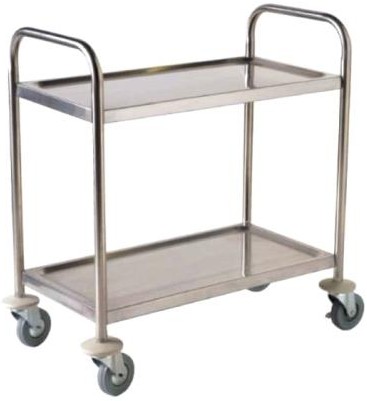 |
Used for transporting medical supplies |
|
Double Sims vaginal spectrum 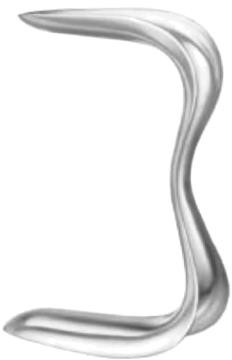 |
Used for examining the vagina and cervix. |
|
Cusco’s vaginal spectrum 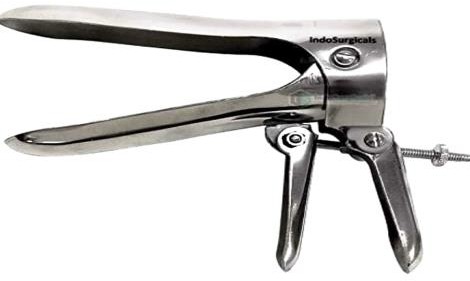 |
Used to inspect the cervix |
|
Dissecting forceps  |
Used for grasping and holding objects. |
|
Sputum mug 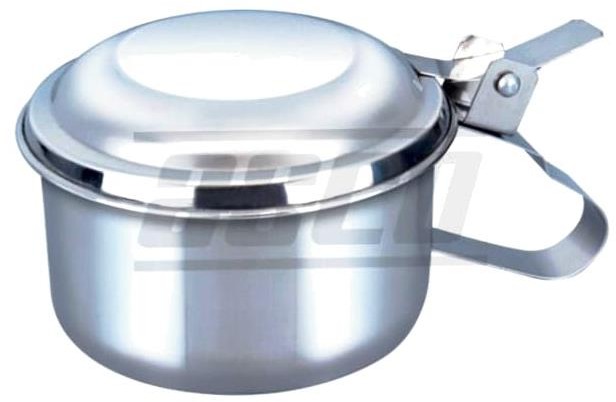 |
For collecting sputum. |
|
Colostomy bag 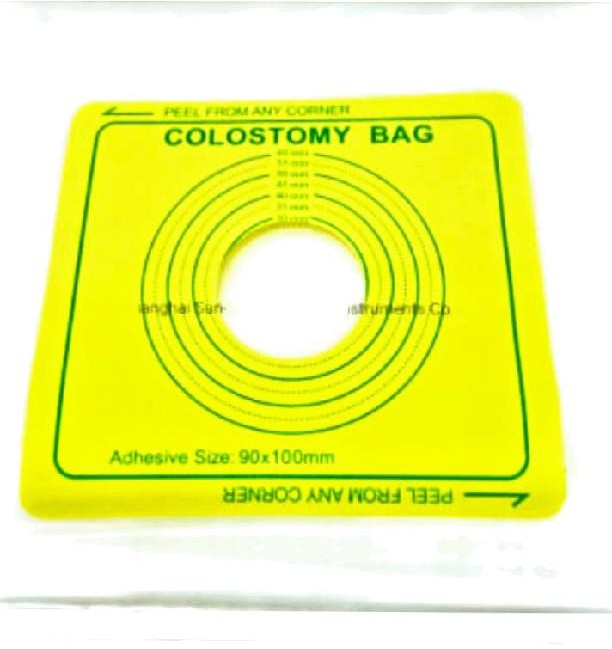 |
For collecting fecal matter from a colostomy. |
|
Motor and pestle 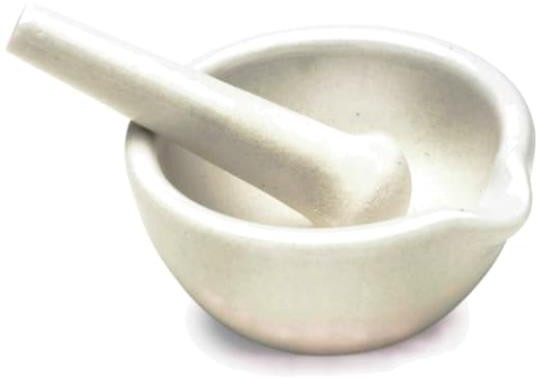 |
To crush medicine for children. |
|
Footrest 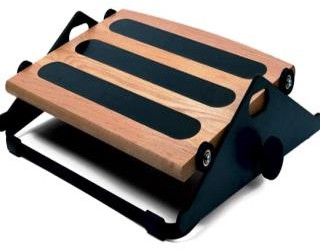 |
To prevent foot drop |
|
Bulb syringe 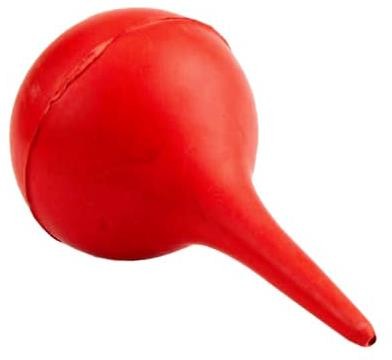 |
For sucking excess mucus from the baby’s nostrils and the mouth. |
|
Manual suction machine 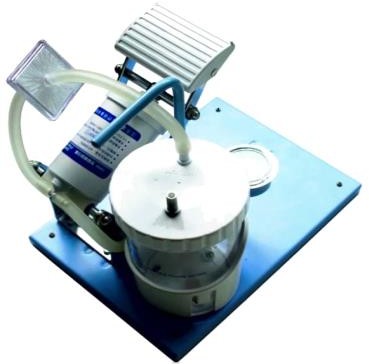 |
Used for suctioning. |
|
Vulsellum 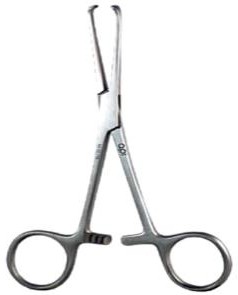 |
Used for gripping the cervix during surgical procedure. |
|
Cord scissor 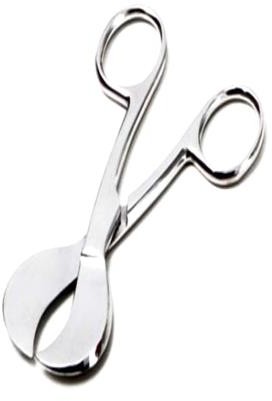 |
For cutting baby’s cord. |
|
Kocher forceps 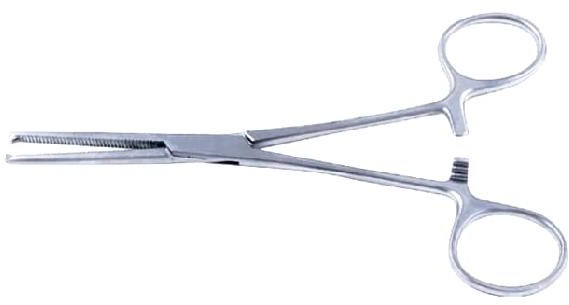 |
Used to grasp heavy tissue or clamp large blood vessels |
|
Protoscope 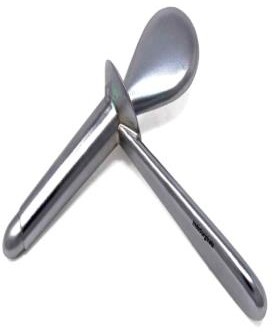 |
For rectal examination. |
|
Uterine packing forceps 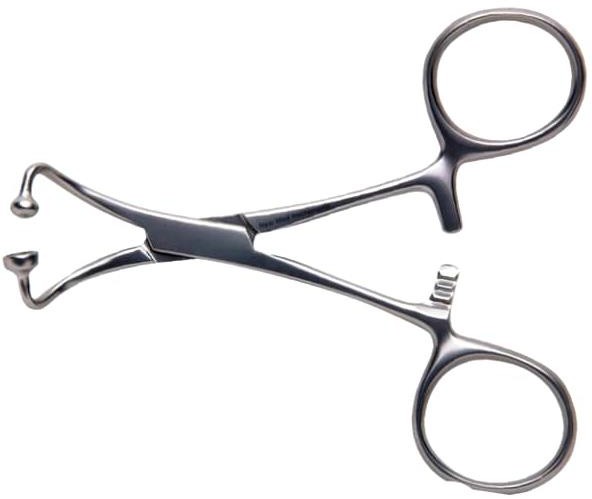 |
Used to grasp the uterus during uterine birthing. |
|
Tenaculum forceps 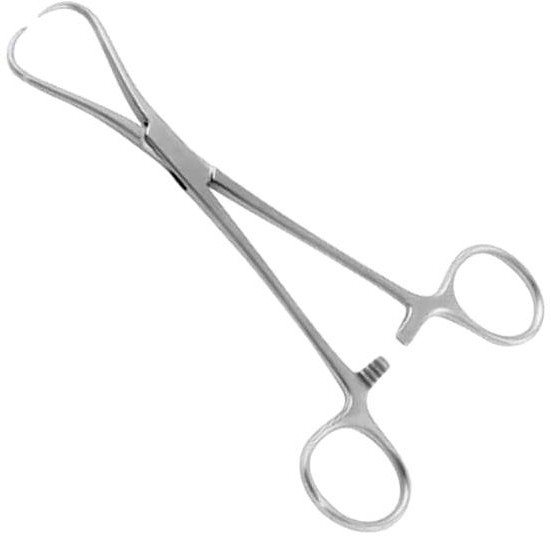 |
For holding the cervix |
|
Uterine sound 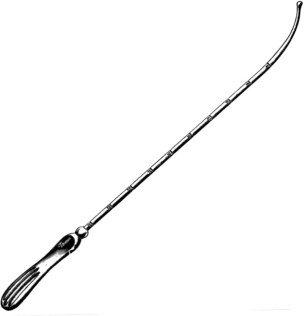 |
For measuring the depth of the uterus. |
|
Sterile drums 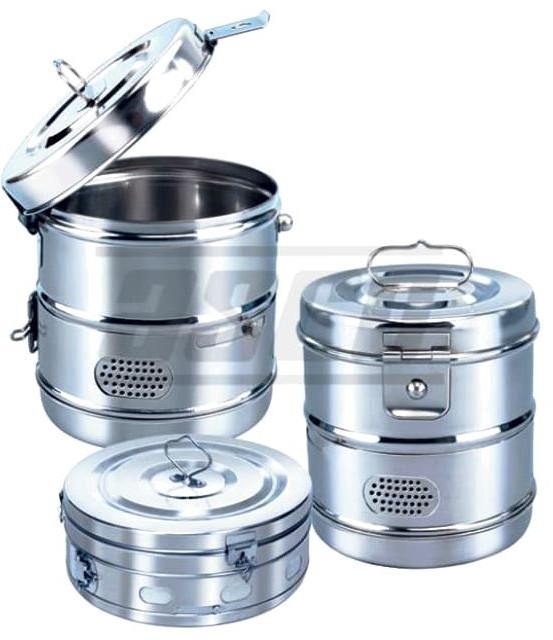 |
To store sterile equipment. |
|
Ophthalmoscope  |
For examination of the eye. |
|
Tracheostomy tube 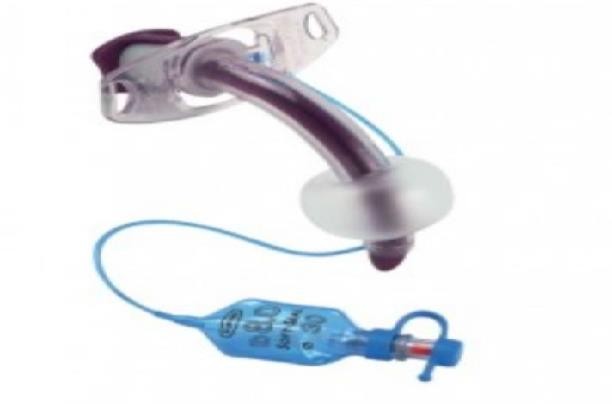 |
To provide an alternative airway for breathing after tracheostomy. |
|
Inhaler 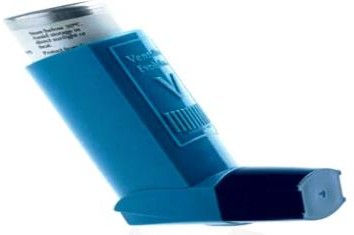 |
Used to deliver medicine to the lungs and the airway. |
|
Crocodile forceps 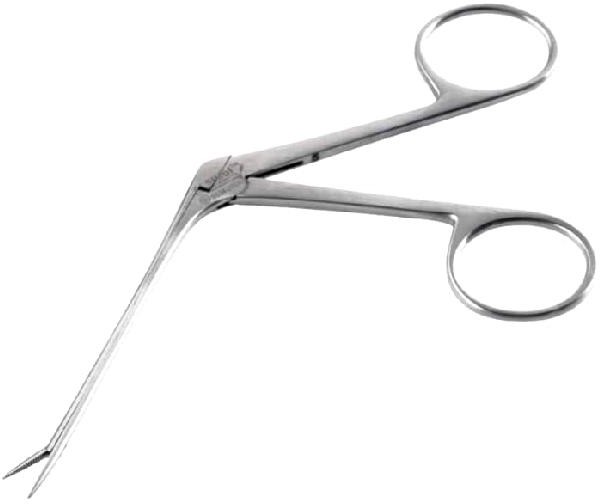 |
To remove small objects from small cavities in the body. |
|
Nebulizer 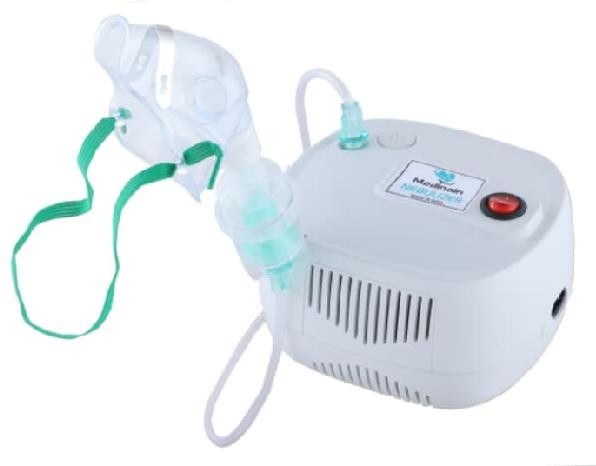 |
To turn liquid medicine into a very fine mist to be inhaled by a patient through a face mask or mouthpiece. |
|
Tongue depressor 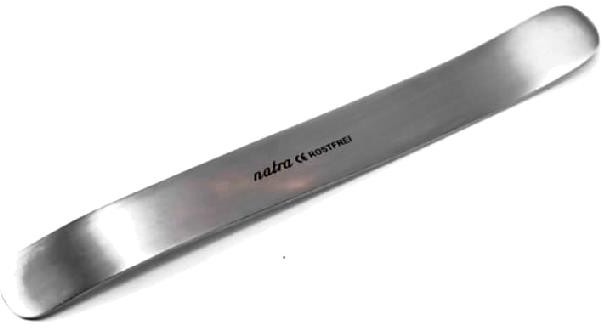 |
To prevent back flow of the tongue in unconscious patients. |
|
Fetal scope 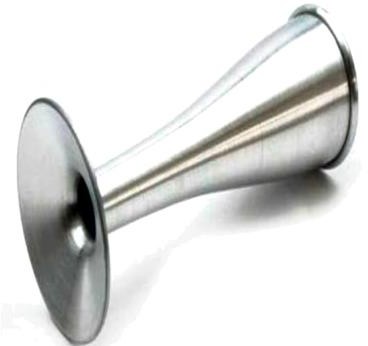 |
To listen to the baby’s heart rate. |
|
Allis tissue forceps  |
To hold or grasp heavy tissues. |
|
Auvard vaginal spectrum 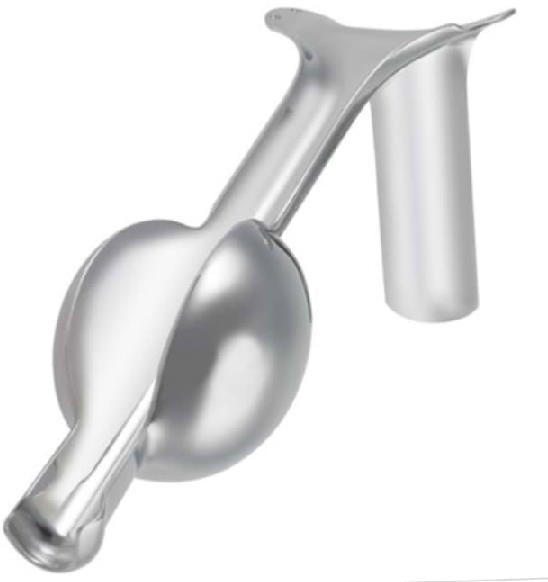 |
Opens the walls of the vagina and examine the vagina and cervix. |
|
Cervical dilator 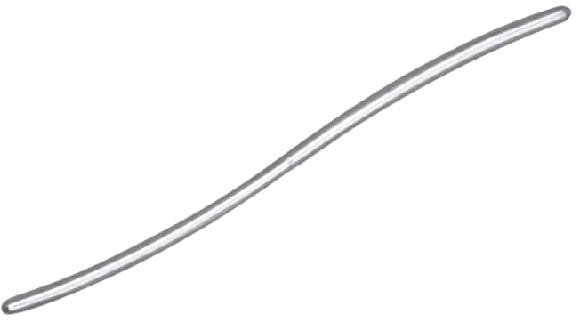 |
To dilate the cervix. |
|
Enema can 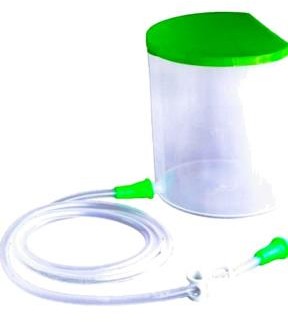 |
Used to administer enema to the patient. |
|
Endoscope 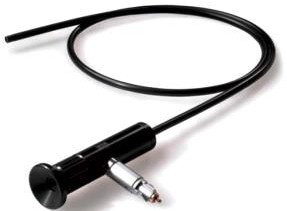 |
To visualize the interior of a hollow organ of part. |
|
Penlight 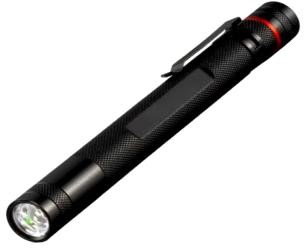 |
To assess the pupil diameter. |
|
Mucus extractor 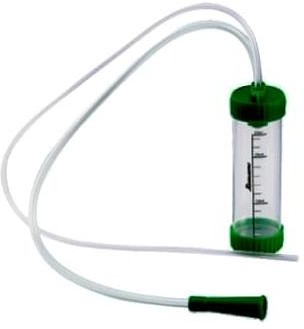 |
To aspirate secretions from the oropharynx of new born babies. |
|
Laryngoscope 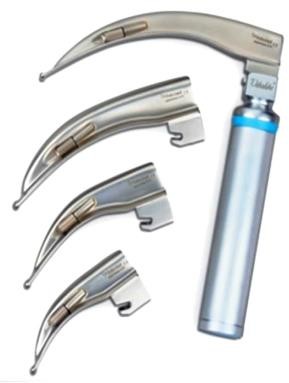 |
To examine the interior of the larynx. |
|
Tonsil holding forceps 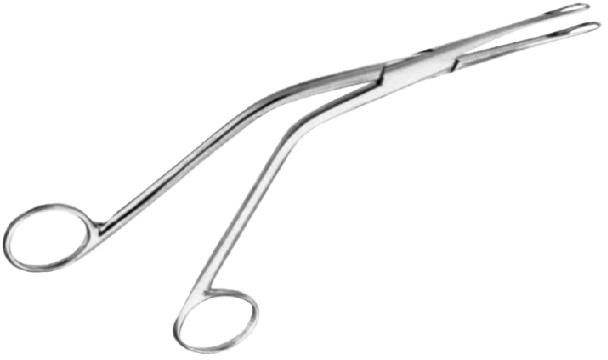 |
To hold the tonsil during tonsillectomy. |
|
Tonsil scissors 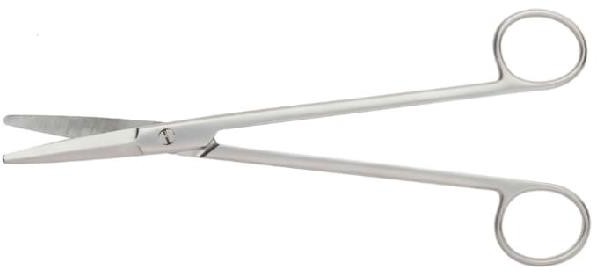 |
For blunt dissection and cutting of soft tissues during ENT procedures. |
|
Nasal dressing forceps  |
To perform anterior nasal packing. |
|
Tracheal dilator 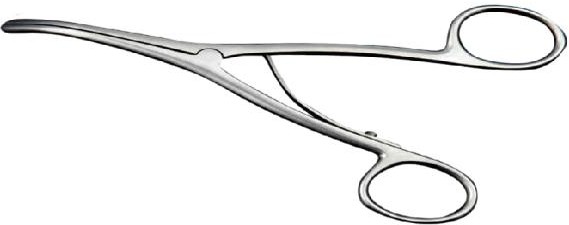 |
To enlarge the airway in cases of subglottic stenosis and tracheal stenosis. |
|
Hot water bottle 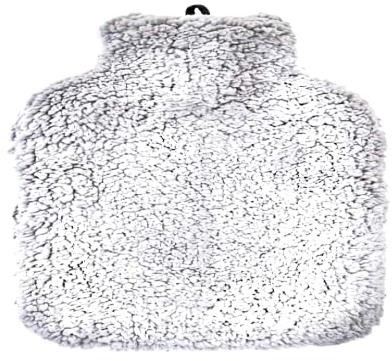 |
To warm the patient. |
|
Pulse oximeter 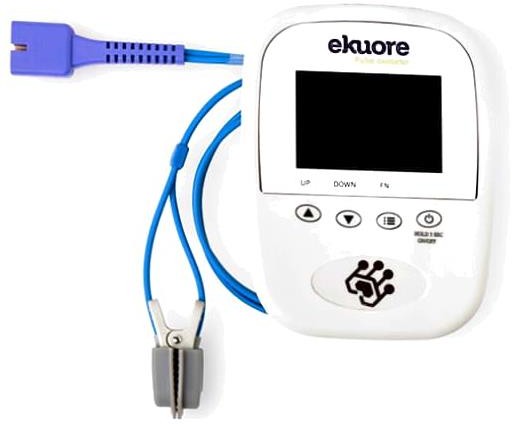 |
To estimate the oxygen saturation of the blood and the pulse rate. |
|
Glucometer 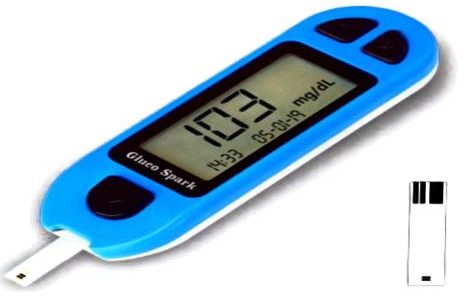 |
To check glucose levels. |
|
Height board  |
To measure patient’s height. |
|
Urinometer 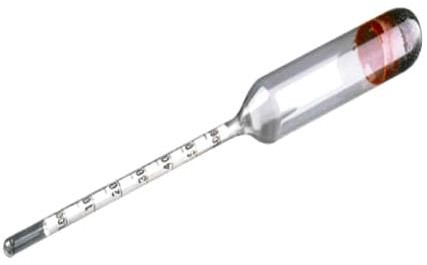 |
To measure the specific gravity of urine. |
|
Medical goggles 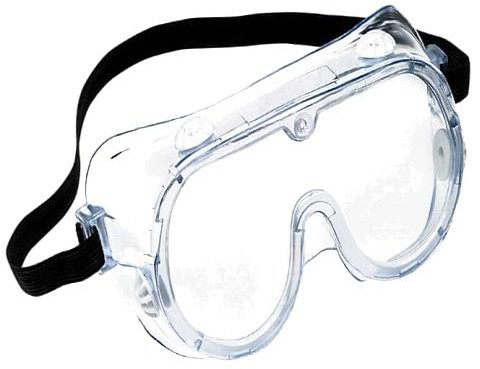 |
To shield the eyes against liquid or chemical splash. |
|
Drape 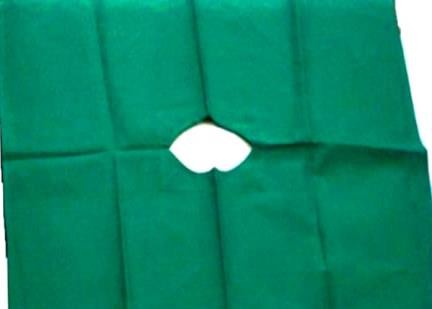 |
To cover any unappealing area or space. |
|
Babcock forceps 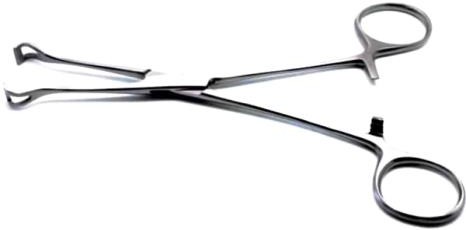 |
To grasp delicate tissues during laparotomy. |
|
Needle holder forceps 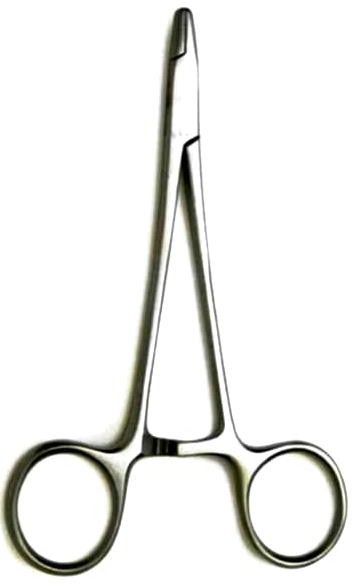 |
To hold the needle while applying sutures. |
|
Dressing forceps 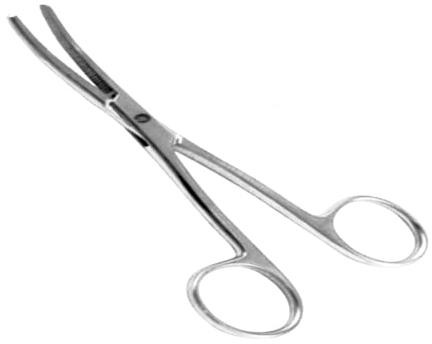 |
Used when dressing wounds. |
|
Amnihook 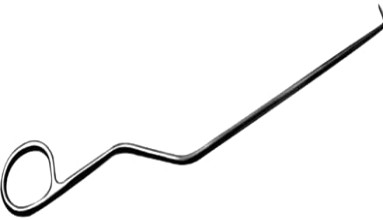 |
To rupture the amniotic sac. |
|
Bladder sound  |
To locate stones in the bladder. |
|
Teeth extractor |
To extract the teeth. |
|
Root elevator  |
To elevate the root of the tooth before extraction. |
|
Wrigley forceps  |
Used in deliveries in which the baby is far along in the birth canal. |
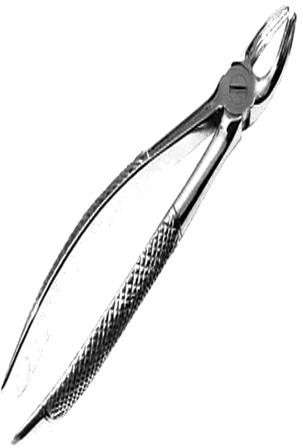
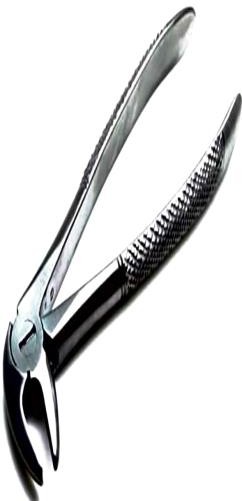
|
Nasogastric tube  |
To administer food and medicine to the stomach through the nose. |
|
Giving set 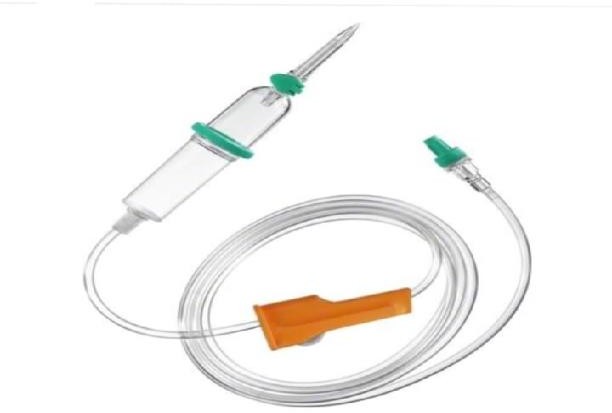 |
For administering intravenous fluids and medicines to the patient. |
|
Snellen chart 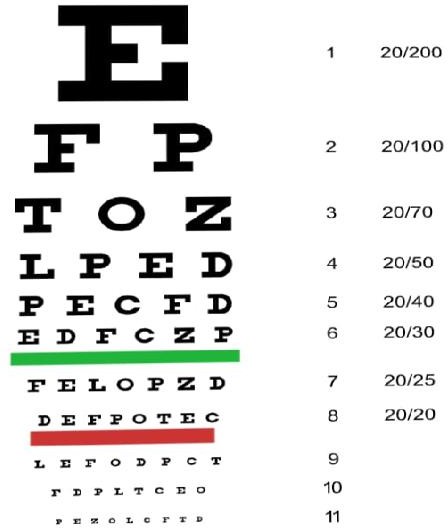 |
To assess monocular and binocular visual acuity. |
|
Aneurysm needle  |
To pass ligatures around blood vessels. |
|
Vomit bowl 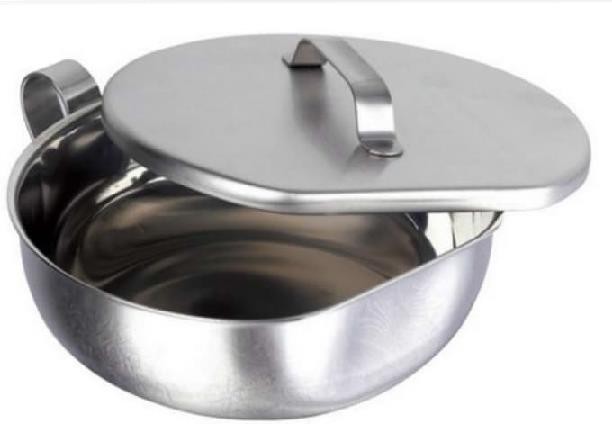 |
To collect patient’s vomit. |
|
Endotracheal tube  |
To keep the trachea open so that air can get into the lung. |
|
Manual vacuum aspiration (MVA) set  |
Medical termination of pregnancy |
|
Four prong retractor  |
To pull back soft tissue during surgery |
|
Metallic catheter  |
For short term urinary tract catheterization for adult patients |
|
Foley catheter 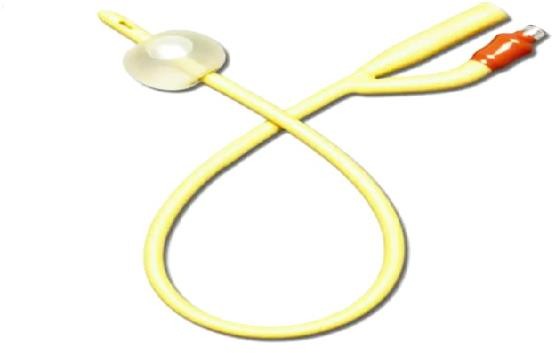 |
To drain out urine from the bladder |
|
Three way foley catheter 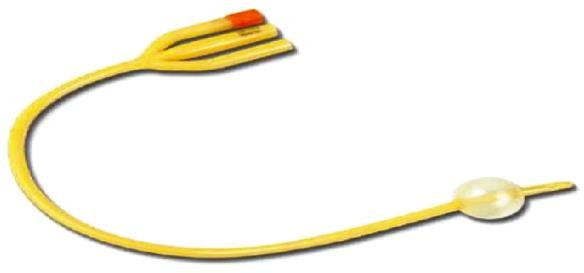 |
Used for bladder irrigation |
|
Penile sheath 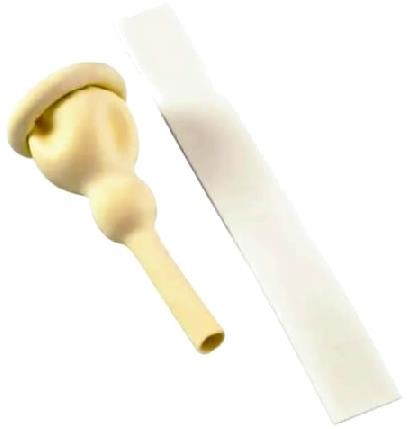 |
To provide relief to men with intractable urinary incontinence. |
|
Sterilization forceps 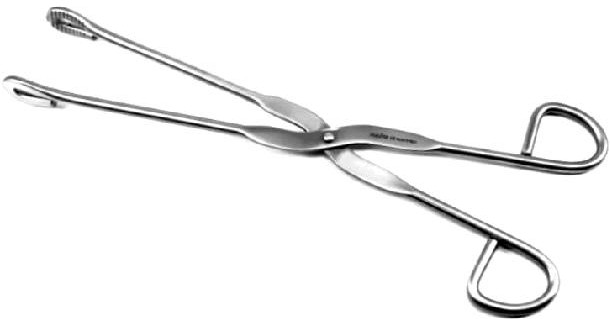 |
To remove sterilized instruments from boilers and formalin cabinets |
|
Right angle forceps 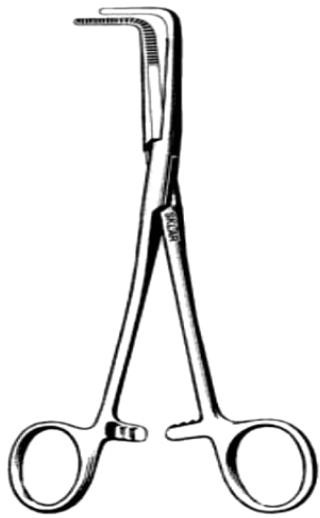 |
Clapping, dissection or grasping tissue |
|
Lane’s tissue holding forceps 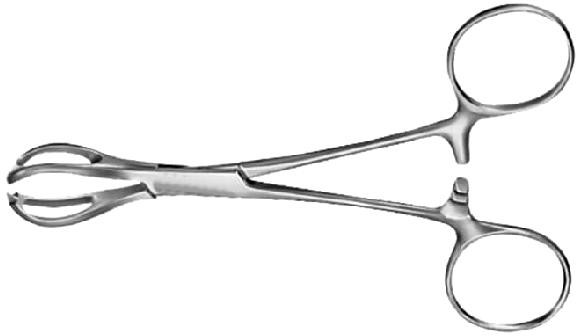 |
To hold tough tissue such as fascia and cartilage |
|
Duval intestinal grasping forceps 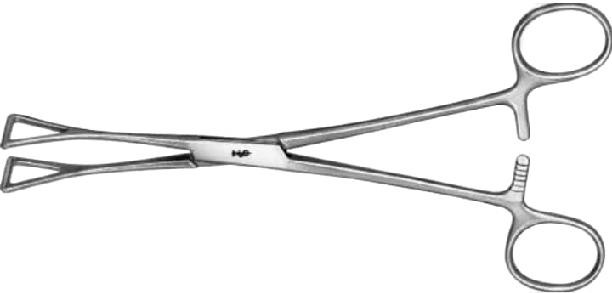 |
Used to grip internal tissues for manipulation. |
|
Sinus forceps 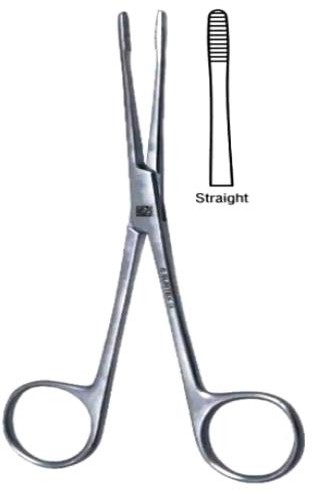 |
To pack sinuses, remove foreign bodies from the sinuses and insert drains into the nasal or oral cavities |
|
Blade holder 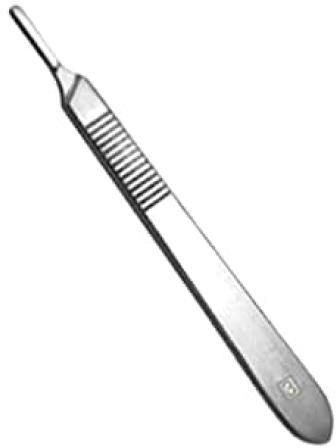 |
To hold the blade in place. |


Nice thanks for sharing
Thanks for sharing
Thanks,,, for sharing,,
Bambi thank you for your commitment towards our success, God will never let you down
Thanks for the knowledge capacity building
Im so grateful for the knowledge added to us
Wow! This is so amazing. Thanks to whoever came up with this idea. It really adds on us something
thanks so much for sharing. its has really helped me in my revision.
Wow, it’s a very informative and good step, thanks for sharing with us